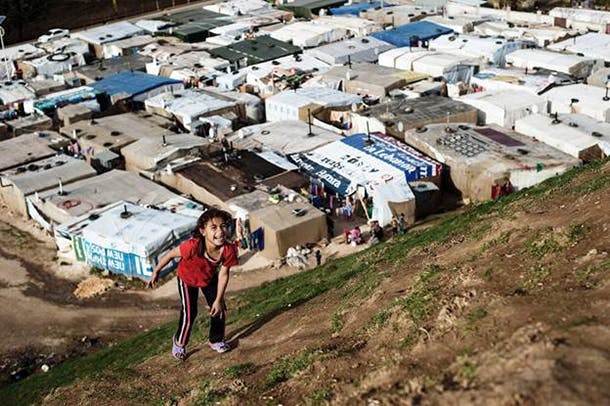
Since its establishment by the United Nations General Assembly in 2005, the UN Central Emergency Fund (CERF) has been a vital element of the UN’s efforts to provide rapid humanitarian aid for people devastated by crisis. Through voluntary financial contributions from governments, corporations, and individuals, CERF provides a pool of money that can be quickly deployed at the onset of a crisis, where it is needed most, to support humanitarian organizations working on the ground.
But the work of CERF doesn’t end there; CERF also provides crucial aid to neglected and ignored crises that are all too often hidden from the global consciousness. Even as public discourse wanes, CERF is there to sustain relief efforts to those still suffering.
Since its creation, CERF has disbursed over $4 billion to crises in 94 countries – money that has been spent to deliver health care to 20 million people, food assistance to 10 million, clean water and sanitation to 8 million, and support, protect, and shelter millions more.
In conjunction with the recent release of CERF’s annual report, here are some of the highlights of the work it has done in 2015.
CERF Highlights for 2015
CERF’s 10th year, 2015, was one marked by continued commitment to providing humanitarian aid amidst the highest levels of displaced people since the Second World War, mounting civilian deaths from ongoing conflicts, and devastating fallout from natural disasters in Nepal, Vanuatu, and the Americas.
Last year, CERF allocated nearly $470 million to support humanitarian partners in providing aid to people in need in 45 countries. Here’s a snapshot of some of what CERF supported.
· $77 million went to Syria and neighboring regions affected by the conflict, which, as the annual report notes, was the “largest single allocation for an emergency to date.”
· $59 million went to relief operations to those affected by droughts and floods from a strong El Niño weather cycle.
· $44 million went to Yemen – where 88% of the population needed humanitarian assistance – to help services reach people most in need.
· Within 48 hours, $15 million was released to support the response to the earthquake in Nepal.
· $169 million went to underfunded emergencies, including refugees and displaced persons in Darfur.
What’s Next for CERF
In 2015, CERF raised $403 million. As Stephen O’Brien, UN Under-Secretary-General for Humanitarian Affairs and Emergency Relief Coordinator, noted in the 2015 annual report,
“The scale and intensity of emergencies in 2015 pointed to the need for a larger, more robust CERF commensurate with the scale of response required to address global humanitarian needs. To that end, the UN Secretary-General Ban Ki-moon articulated a new vision for CERF for the
World Humanitarian Summit, calling to increase CERF’s annual funding target to $1 billion by 2018 to invest in this highly successful, proven instrument by backing what works.”
At the World Humanitarian Summit in Istanbul in May, several leaders announced support for an increase in CERF funding to $1 billion, including German Prime Minister Angela Merkel.
As the global community grapples with how to get essential services to 130 million in need of humanitarian aid, the role of CERF will continue to be vital. Robert Filipp, President of the Innovative Finance Foundation highlighted this role during the World Humanitarian Summit, noting: “CERF is one of the most effective, impartial humanitarian funds and it deserves more support.”
Take Action
To learn more about CERF, watch this video. To support the lifesaving work of CERF, click here.
[Photo: UN CERF]



 View All Blog Posts
View All Blog Posts